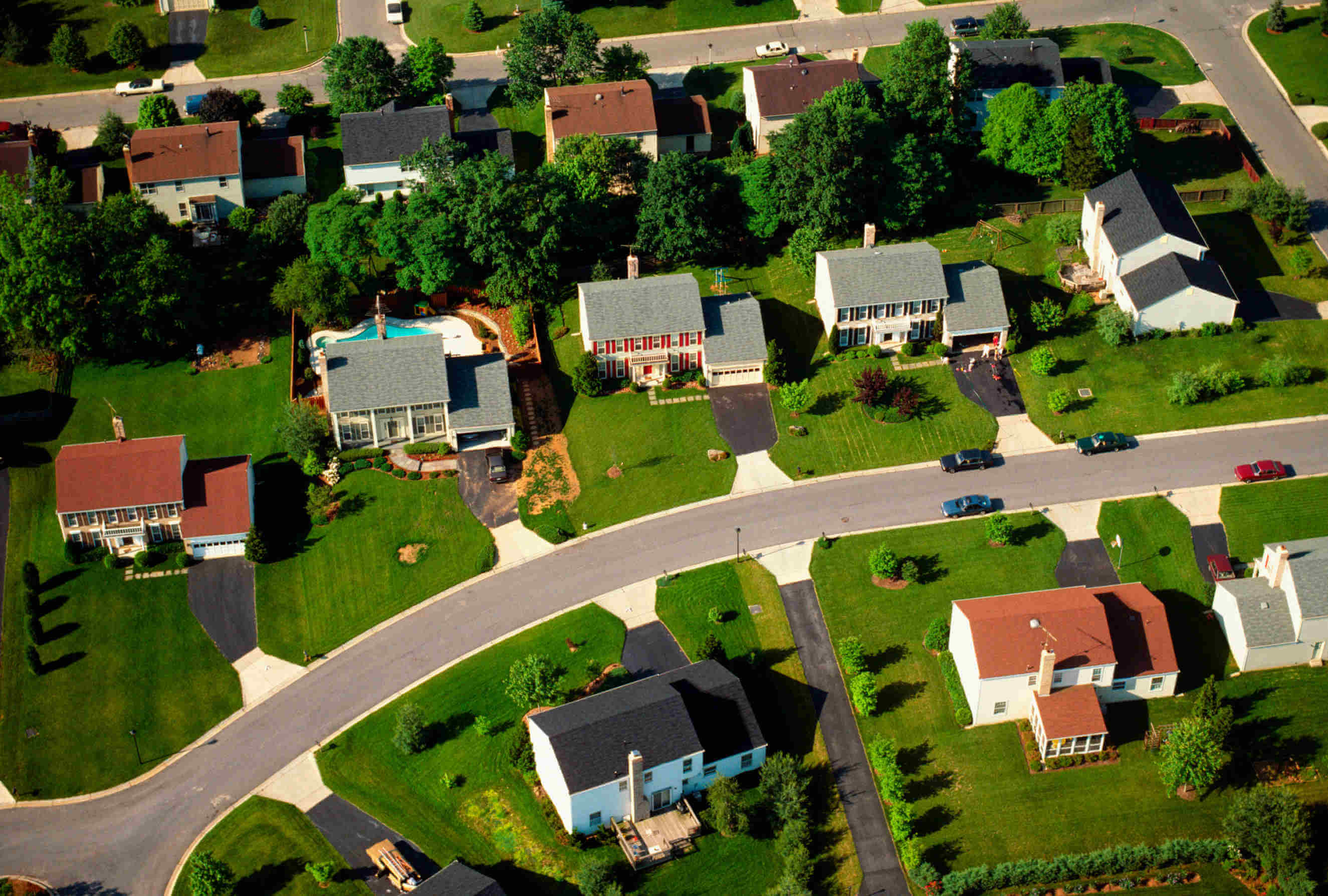This Earth Day, tackling climate risks for the U.S. property industry is at the forefront
Climate change-driven natural hazards present a clear financial threat across industries, and the largest proportion of that risk is carried by the world’s largest asset class — the U.S. real estate industry. In 2023, extreme weather and natural disasters caused a total of $92.9 billion in property damages across the U.S. And that’s only counting the 28 natural disasters that caused over $1 billion in losses.
And the pressure exerted by natural disasters on the property industry is growing. In 1980, there was an average of 8.5 peril events per year causing over $1 billion in losses. In the last five years, that figure has doubled. Since 2019, there have been an average of 20.4 peril events per year.
Predict the Future of Physical Risk
This ballooning number of large-loss peril events is an imposing challenge for those who are financially intertwined in the property industry. However, tackling this issue is possible.
It all begins with knowledge on how climate change is positioned to affect the world, which is a lesson that Earth Day has encouraged us to learn since 1970.
Why Is Earth Day Important?
For decades, scientists have issued increasingly emphatic warnings about rising global temperatures and the future effects that they will have on seasons, storms, and sea-level rises.
And authorities have paid attention.
From the Kyoto Protocol in 1997 to the Paris Agreement almost two decades later, which set out a global framework to delay dangerous climatic consequences by limiting global warming to below 2 degrees Celsius, calls to action have come from the highest levels of government for years. Very pressingly, rises in the three key temperatures — land, air, and sea — are catalysts for more frequent and severe weather events and natural disasters.
However, it will take more than an accord between governments to incite change.
Change requires a coordinated investment between individuals, businesses, and governments to develop innovative solutions for climate risk management that help move our planet toward a safer future. From investing in Climate Risk Analytics models to equipping citizens with a more nuanced understanding of their exposure to accelerating natural hazard perils, it is critical that everyone knows how the future of the Earth’s climate will impact their lives and their livelihoods.
Property Data Helps Understand Future Climate Risk
“We do a lot of research with this data with a lot of government agencies, banks, and insurers to really protect home ownership and protect the stability of the biggest financial asset underpinning the U.S. economy,” CoreLogic’s Chief Innovation Officer John Rogers said. “That research has shown that the one who holds the most financial risk holds the hot potato.”
Therefore, uncovering areas where risks are concentrated, measuring potential implications, then developing a plan for climate resilience is imperative.
“When you can financially measure the scale of risk, you can do something about it.”
John Rogers, Chief Innovation Officer at CoreLogic
Earth’s Hottest Years on Record
Past summer temperatures are a prime example. The 10 warmest years on record have all occurred since 2010. There have also been over 100,000 daily high temperatures in the U.S. that have broken or tied records.
While these extreme temperatures pose challenges to people, they also expose hundreds of thousands of homes to risks from multiple weather hazards that could incur billions of dollars in reconstruction costs.
Inland flood risks also jump for properties in areas with hot days, and ZIP codes that have had at least one 104-degree Fahrenheit day since 2000 are more impacted by severe convective storms and cyclones. With CoreLogic catastrophe models suggesting that natural hazard risks will progressively worsen in parts of the U.S. extreme heat belt, it is worth paying attention to the consequences of a worsening climate.
6x
Every $1 invested in housing resiliency equates to about $6 in recovery costs.
Flood risk in the extreme heat belt is a prime example of the effects of climate change on people and property. Within the U.S., 250,000 homes worth $69 billion in reconstruction costs are projected to experience large risk shifts for inland flooding between now and 2030, according to CoreLogic models.
“Being able to measure risk helps all different stakeholders,” according to Rogers. “When you can financially measure the scale of risk, you can do something about it. The business case makes sense: Every $1 invested in housing resiliency equates to about $6 in recovery costs if a weather event were to occur.”
How Do We Adapt to Climate Change With Sustainable Real Estate?
Most people experience climate change in the context in which they live. Whether it’s winter storms, wildfires, coastal flooding, hurricanes, or earthquakes, it is important to research best practices for either building new homes or renovating existing housing to be climate resilient.
From measuring future physical risk to property to designing sustainably to weather the storm, knowing how the changing climate is poised to affect a home today, tomorrow, and 30 years into the future can help accelerate recovery in the event of a natural catastrophes.
This Earth Day, consider the future generations that will also call this planet home to help prepare for the future that we will all face together. From climate risk management and mitigation to understanding the future of property risk in the housing market, it will take in-depth Climate Risk Analytics to ensure that our choices today will model a resilient path for the generations to come.
The CoreLogic statements and information in this blog post may not be reproduced or used in any form without express written permission. While all the CoreLogic statements and information are believed to be accurate, CoreLogic makes no representation or warranty as to the completeness or accuracy of the statements and information and assumes no responsibility whatsoever for the information and statements or any reliance thereon. CoreLogic® and Marshall & Swift® are the registered trademarks of CoreLogic, Inc. and/or its subsidiaries.


